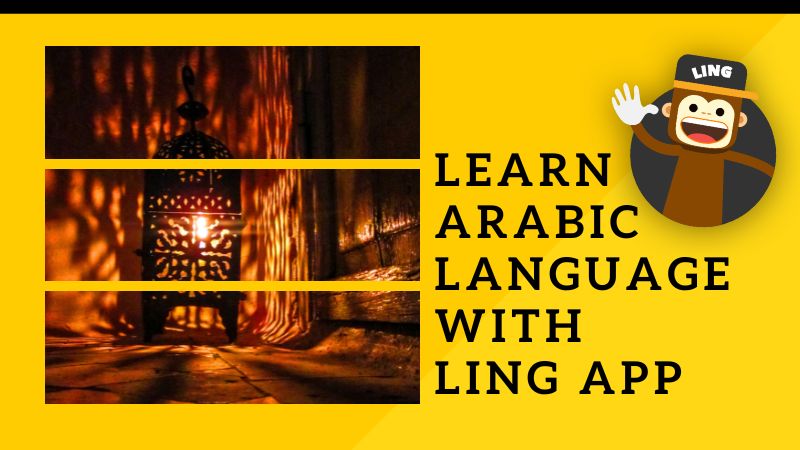Music is one of the ways by which people communicate what they truly feel. Want to connect and surprise the locals with your in-depth knowledge of Arabic music? We’ve got you covered! This blog post will walk you through its brief history, common Arabic instruments, and music genre popular in the country. If you are ready for that, then keep reading below!
Arabic Music
Traditional Arabic music differs from the recorded music everyone hears now in the Arab world. The Middle East has seen a series of waves in its music, which is why several elements have already changed it. For instance, Egyptian artists played an essential role in revolutionizing the music of the Arab world as they got influenced by the Western world. For this reason, many of the audiences yearn for jazz, which is quite different from the original Arab music.
Brief History of Traditional Arabic Music
Even if it wasn’t the primary form of creative representation in pre-Islamic civilization, Arabs were familiar with music before the advent of Islam. Religious stories hold that the initial lute was created from the slain son’s leg by Adam’s grieving grandson Lamak.
Following soldiers to their battlefields, female musician-poets inspired them with choruses and hoots. Due to the development of music expositions and the rise of numerous composers and vocalists, music flourished under the Umayyad and Abbasid caliphates. Basically, the Arab, Persian, Turkish, and Byzantine intellectual interactions gave rise to the creation of new musical genres and instruments.
Arabic Musical Instruments
The use of several instruments in a classical context highlights the music’s originality. One such is the combo, often known as the Takht in Arabic. It consists of the nay, violin, qanun, and riq, four percussion instruments. Conventional instruments have also evolved with time. Yet, they still share many characteristics, particularly compared to other musical genres.
The instruments performed in the traditional classical Arab context have been changed, much as other forms of human life. Electric guitars and pianos are becoming more widespread in Arab music as well. The drum’s setup, which has adopted a westernized traditional form, serves as an illustration.
In Arab music, flutes play an integral role and are considered important instruments because they can help in pitch control. Flutes are also believed to help in improving voice ability, as well as harmony amongst the different instruments.
Western Music VS Arabic Music

In contrast to Western music heritage, Arabic music includes microtones or notes that fall amid sounds in the Western musical scale. In Arabic music, the music may be divided by quarter pitches instead of the semitones employed in the harmonic progression.
Arab Pop
Pop and Arabic music are blended to create Arabic pop. Ughniyah, or “Arab song” in English, is used to describe Arabic pop, which mixes pop tunes with aspects of various Arab regional genres. Both conventional Arabic and Western instruments, such as the guitar, are used. The general sentiment and atmosphere of the songs are another aspect of Arabic pop. The bulk of the songs are in minor keys, and the theme usually deals with desire, sorrow, conflict, and generally troubles with love.
8 Best Arabic Songs
Based on the data shared by Spotify, here are the best Arabic songs this year.
- Ouaa Tkhaf – Wael Kfoury (Don’t be afraid)
- Ruby – Alby Plastic (Heart is plastic)
- Ramy Sabry – Heya (She)
- Mohamed Hamaki – La Malama (No blame)
- Emad Basha – Basha Basha
- Elissa – Ya Am Salamtak (Uncle, your safety)
- Nancy Ajram – Gayya Maak (It’s with you)
- Hussain Aljassmi – Ser Alsada ( The secret of happiness)
FAQs For You
Is Arabic music homophonic?
Arabic melodies may be polyphonic in some instances, but most of the time, it is homophonic. This means that several different instruments perform one sound or song line simultaneously. Scales, rhythm, intervals, and texture may be categorized as Arabic music’s four primary foundational elements.
What is Arabic-style music called?
There are several ways that you can use to understand Arabic-style music. Andalusi nubah, maqam al-Iraqi, Fijiri songs, muwashshah, layali, qasidah, taqsim, mawwal, sama’i, bashraf, dulab, tahmilah, liwa and sawt, are examples of secular art musical genres.
What is Arab singing called?
The mawwl is a classic and well-liked kind of vocal Arabic song that is exceptionally slow-paced and nostalgic in nature. It is distinguished by long vowel syllables and passionate voices and is often played before the music starts.
What is the most listened Arabic song?
Reports show that the most listened Arabic song is “Lm3allem” by Saad Lamjarred.
Wrapping Up

Want to learn more? Check out the most common Arabic slang to help to fit in the native speakers.
You might be running a non-profit organization in a location like Syria, where Arabic is the widely spoken language. In that case, Ling App might be handy since we have all the information you need to learn this rich language.
On Ling App, there are many ways for you to learn Arabic. You can choose the lessons that seem most suitable for what you need to learn. It also comes with quizzes and games to check for understanding before moving to another lesson. On top of that, you can refresh your memory by speaking with the chatbot inside!
Additionally, we also have a comprehensive compilation of blog posts related to Arabic! This means you can also learn more based on timely topics that interest you. So whether you are a beginner or a pro in Arabic, you can be sure that we have something for you! So what are you waiting for? Install our app from Google Playstore or App Store and start learning Arabic!




















